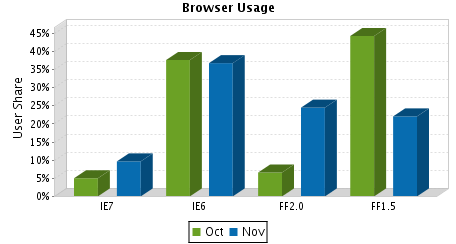Jeff Nolan recently discovered that CrispyIdeas, a service the Enterprise Irregulars used for a while (it got spammed after we abandoned it) was acquired by Salesforce.com:
Salesforce.com was the most prominent customer for CrispyIdeas, the service powered IdeaExchange. Not to be overlooked is the Dell IdeaStorm site, which generated more traffic than the Salesforce service even if being less well known.
It appears that Salesforce quietly acquired CrispyNews and has rebranded their offering as Salesforce.com Ideas
A few weeks later TechCrunch reports that Salesforce.com is unleashing their Digg-for-ideas, “Salesforce Ideas”.
Quite a quick turnaround! ![]()

 Wow, this was fast. I met Koral CEO Mark Suster some time in November, when he gave me a demo of his then pre-beta Content Collaboration system. I instantly liked it, largely for it’s simplicity – hence the title of my review:
Wow, this was fast. I met Koral CEO Mark Suster some time in November, when he gave me a demo of his then pre-beta Content Collaboration system. I instantly liked it, largely for it’s simplicity – hence the title of my review:  . Koral is no more.
. Koral is no more. 
 24SevenOffice
24SevenOffice
 (Updated)
(Updated)
 ). Clearly, the majority of new IE7 users are not IE6 upgraders, they came from the Firefox camp.
). Clearly, the majority of new IE7 users are not IE6 upgraders, they came from the Firefox camp.


Recent Comments